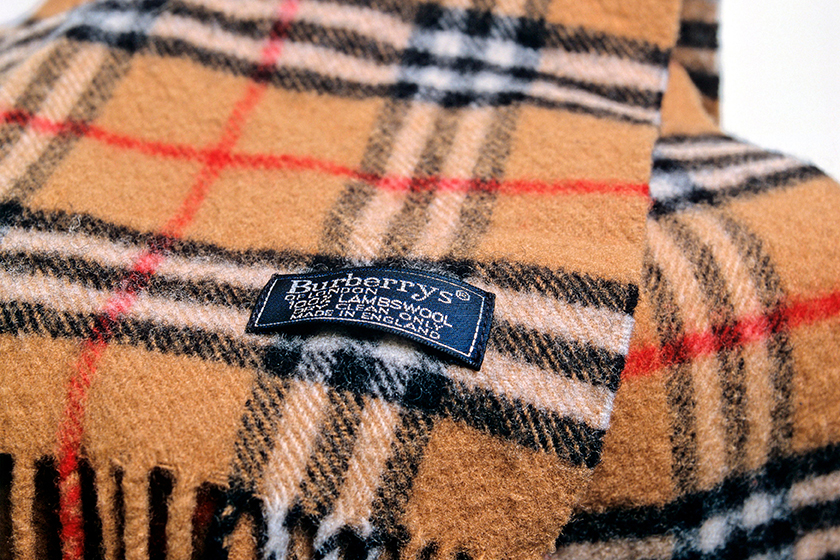The well-known London company – already owner for decades of many records of its equally famous tartan, for different product categories – filed last year, for the same figure, a new application for the registration of a European trade mark in respect of goods and services in Classes 9, 35 and 41, including digital goods, NFTs and collectibles not downloadable to be provided online, in accordance with the now common tendency to protect the use of distinctive signs in metaverse.
To the applicant’s surprise (and not only), however, EUIPO has recently rejected the application, considering that the mark applied for was not registrable because it lacked distinctive character (pursuant to Article 7, paragraph 1, letter b) of the European Regulation), in good substance, because not sufficiently original. More specifically, in rejecting the application, EUIPO noted that, in general, a mark consisting of a simple decorative motif and commonly used is considered to be devoid of any element that may attract the attention of consumers and is therefore insufficient to indicate the origin or origin of goods or services.
In the present case – according to the European examiners – the mark applied for consisted of a simple motif(and therefore not sufficiently distinctive), namely horizontal and vertical red, white and black lines placed on a beige colour base. The decision of EUIPO – which will in any case be subject to the scrutiny of the Board of Appeal – is rather perplexing, because, at least, it is not easy to admit that a figurative trademark registered for decades, recognized and protected by a plurality of Community judicial decisions and beyond, can be considered a decorative reason”commonly used”.
It goes without saying, however, that if such a decision were to be confirmed, at the end of the various degrees of appeal, this would open very interesting openings for many Italian companies (and not) that, in the past, have been attacked by Burberry with great firmness for the (true or presumed) trademark infringement.

